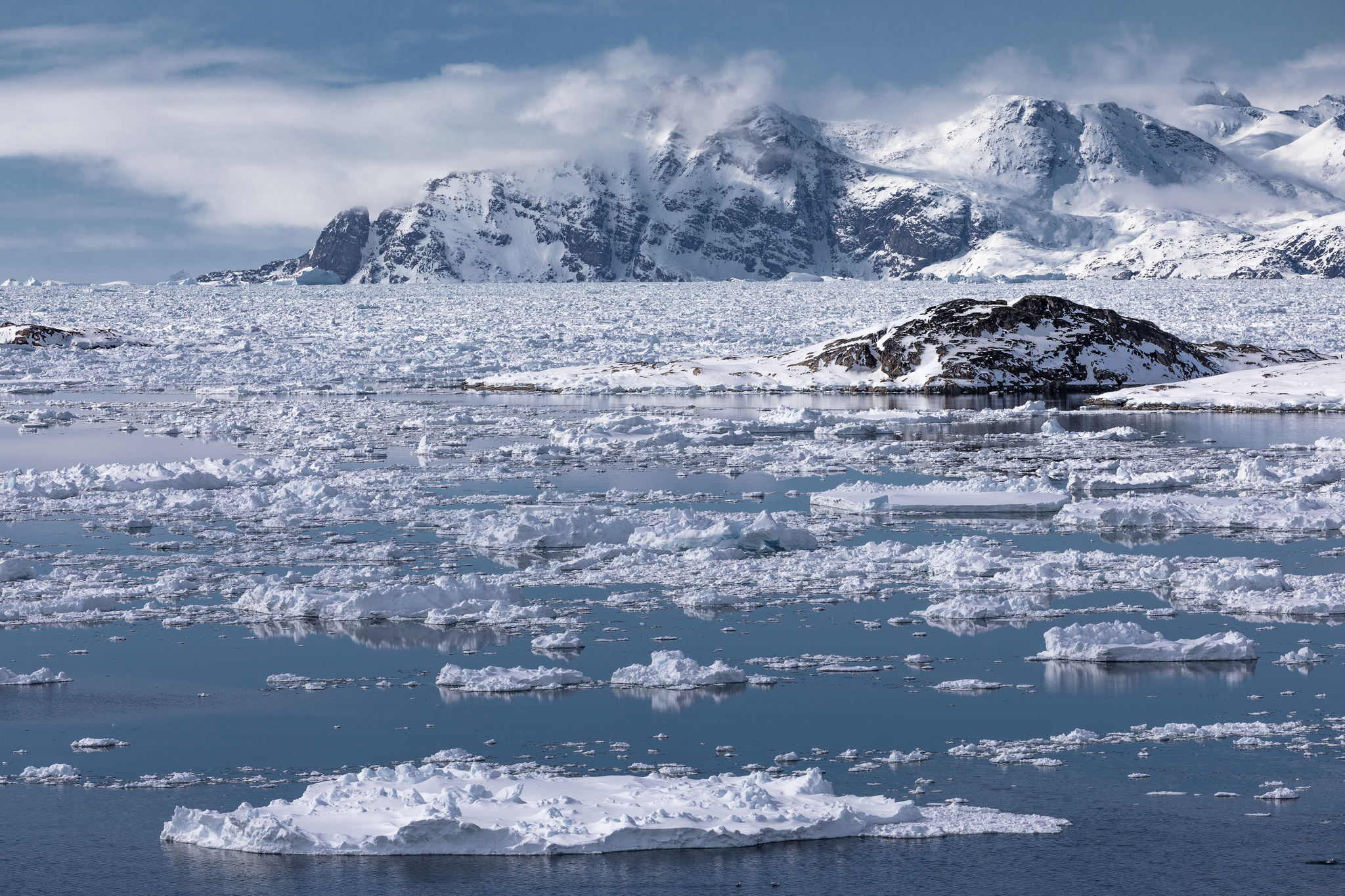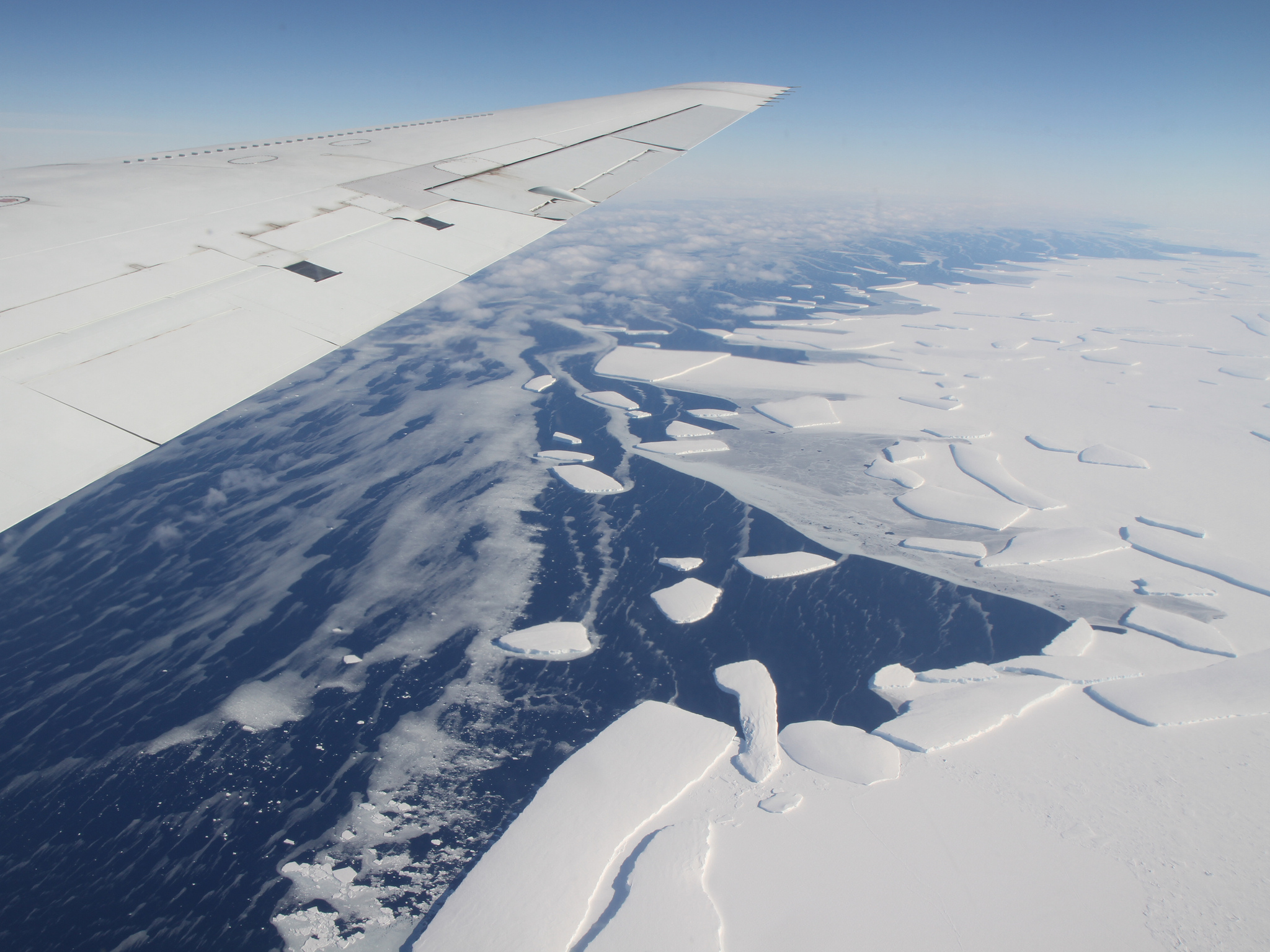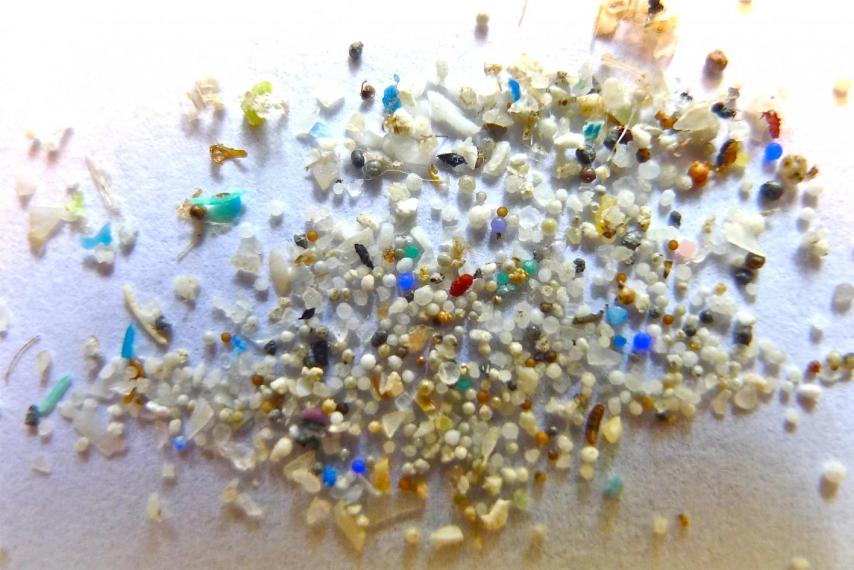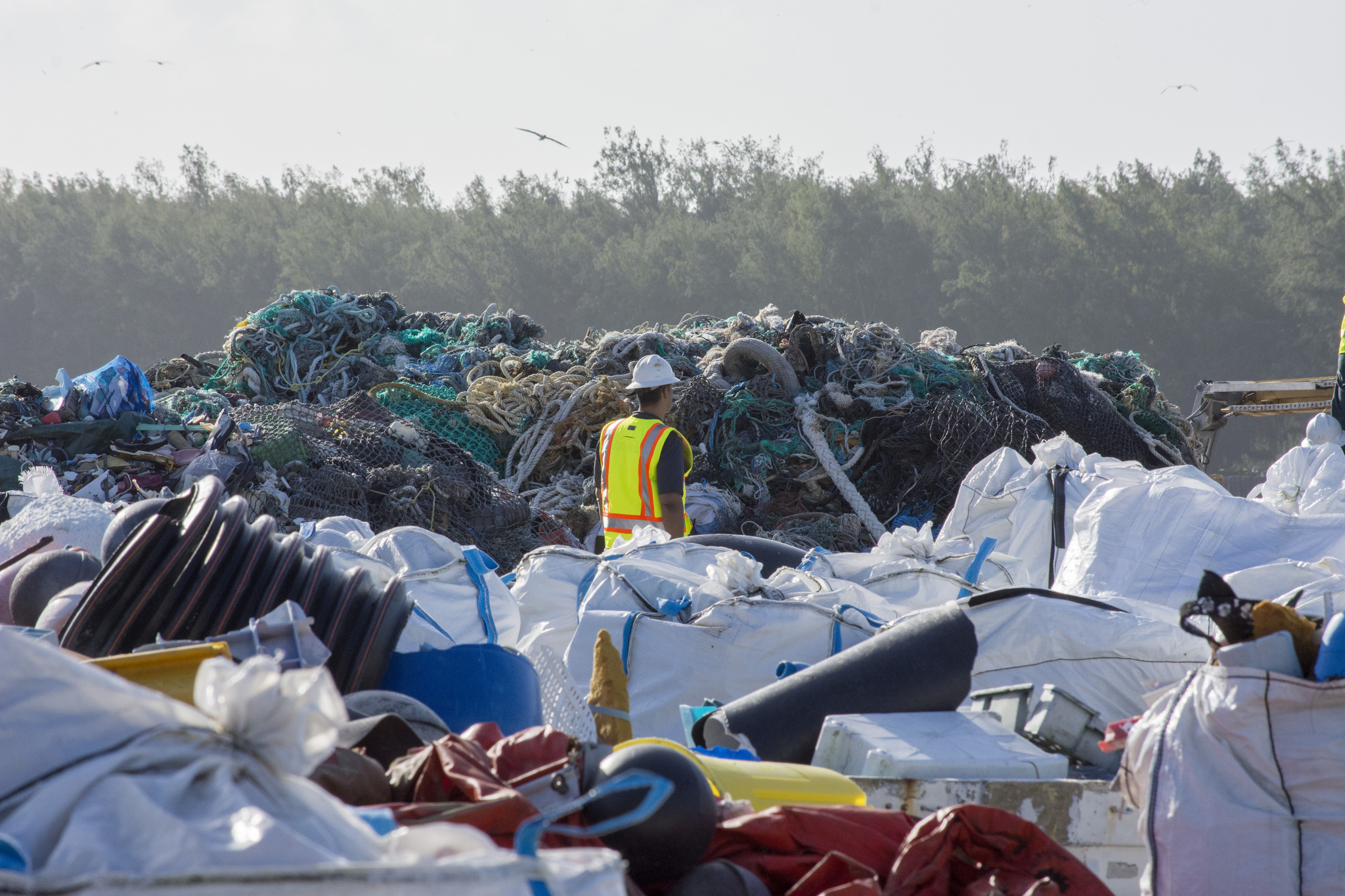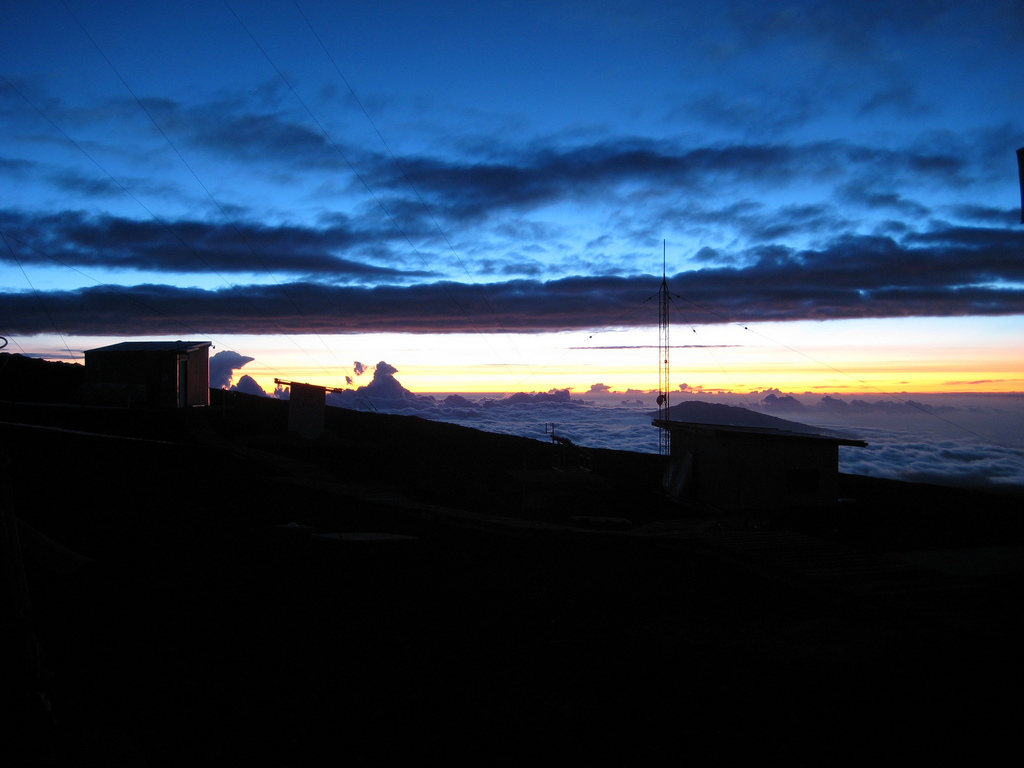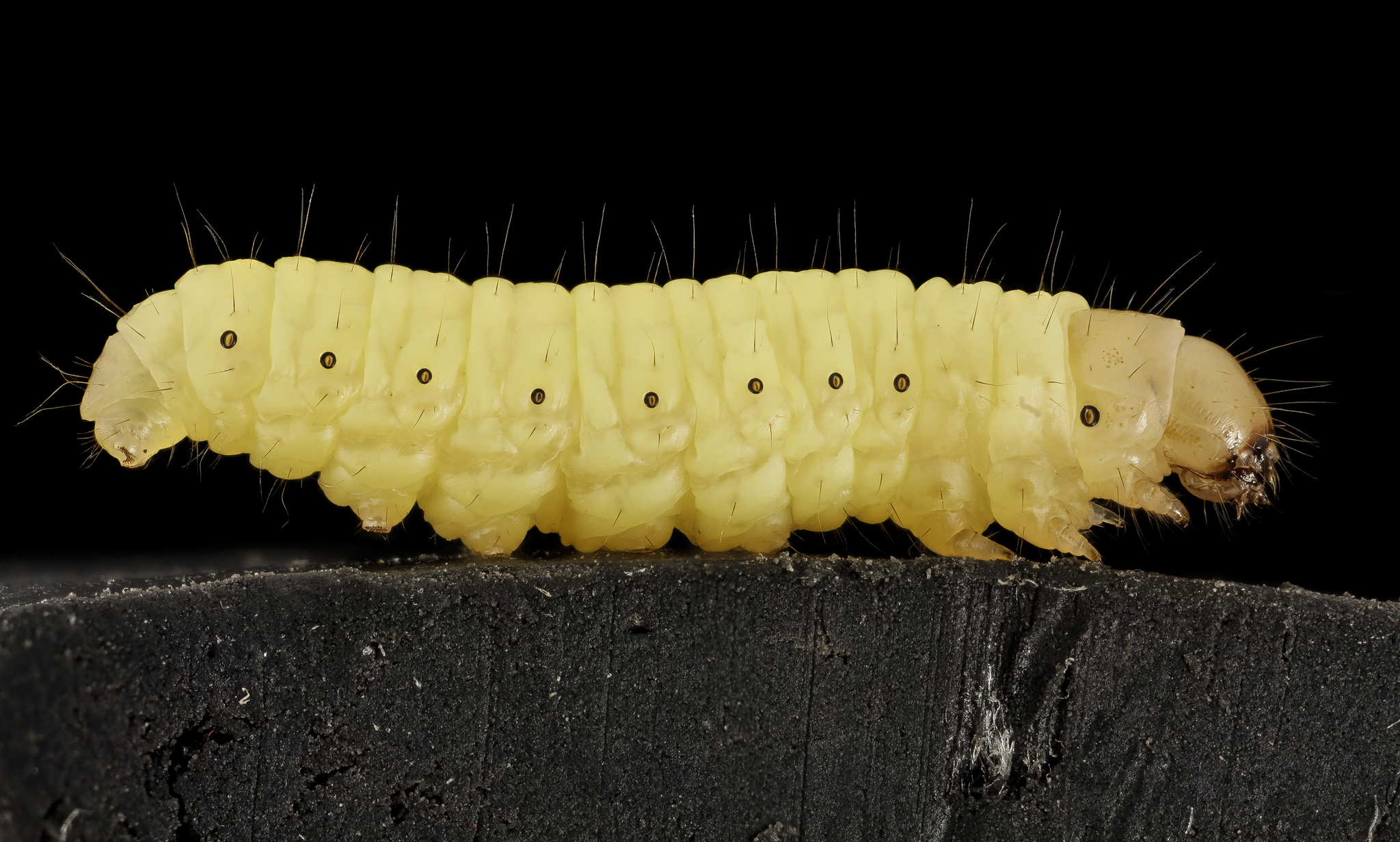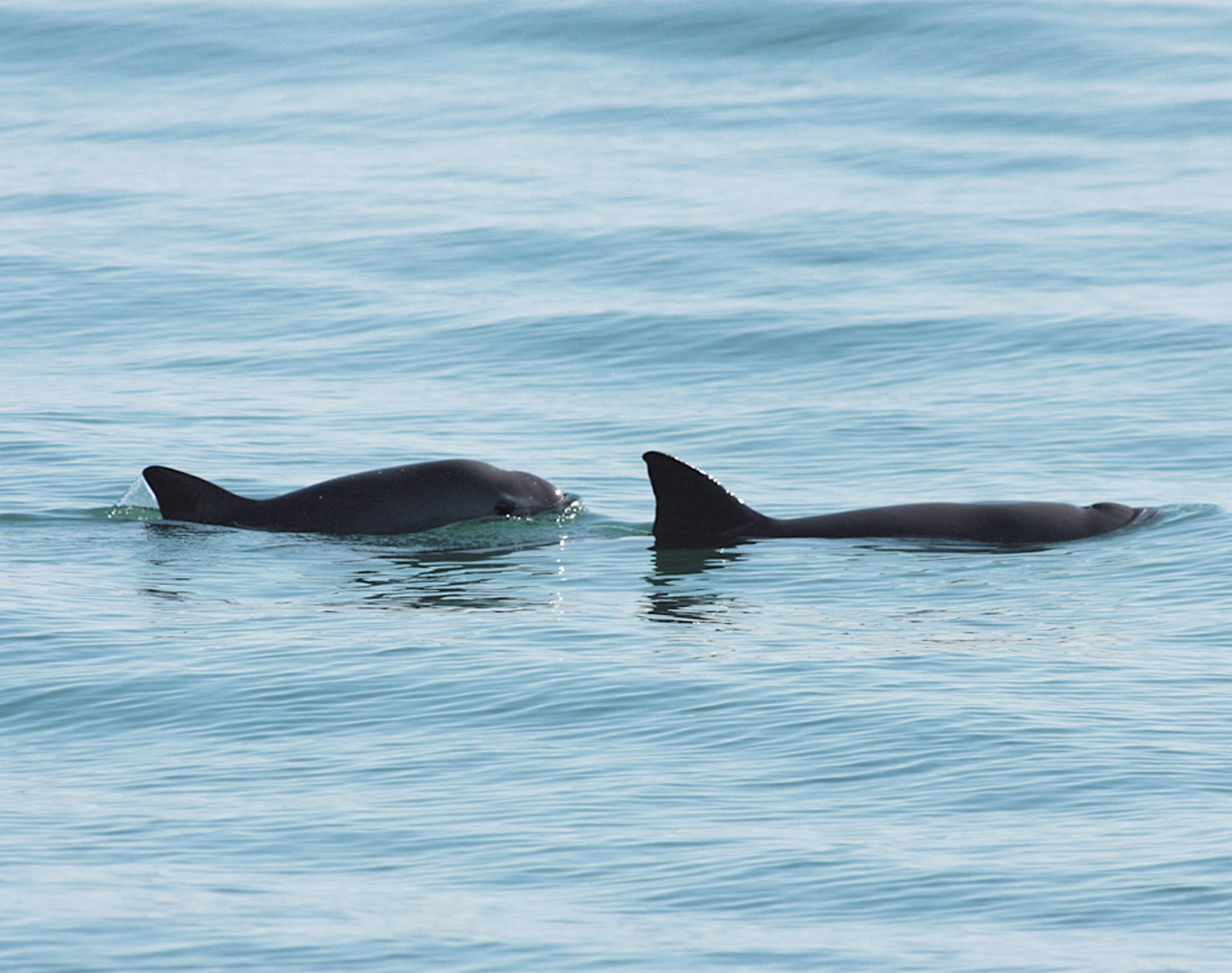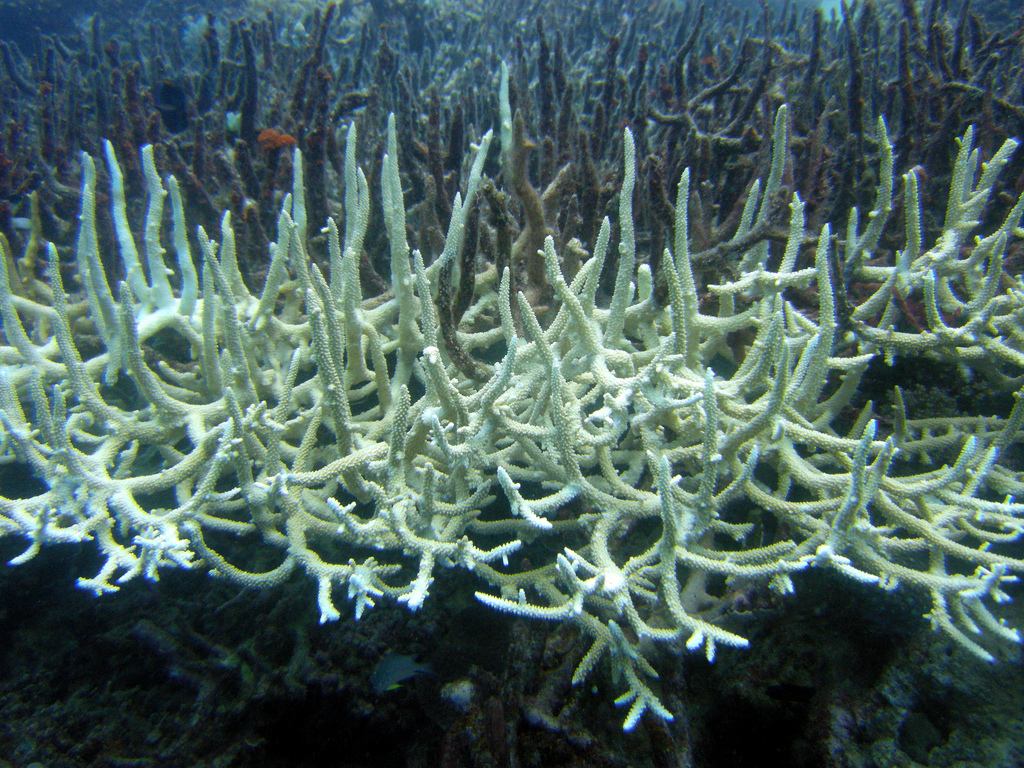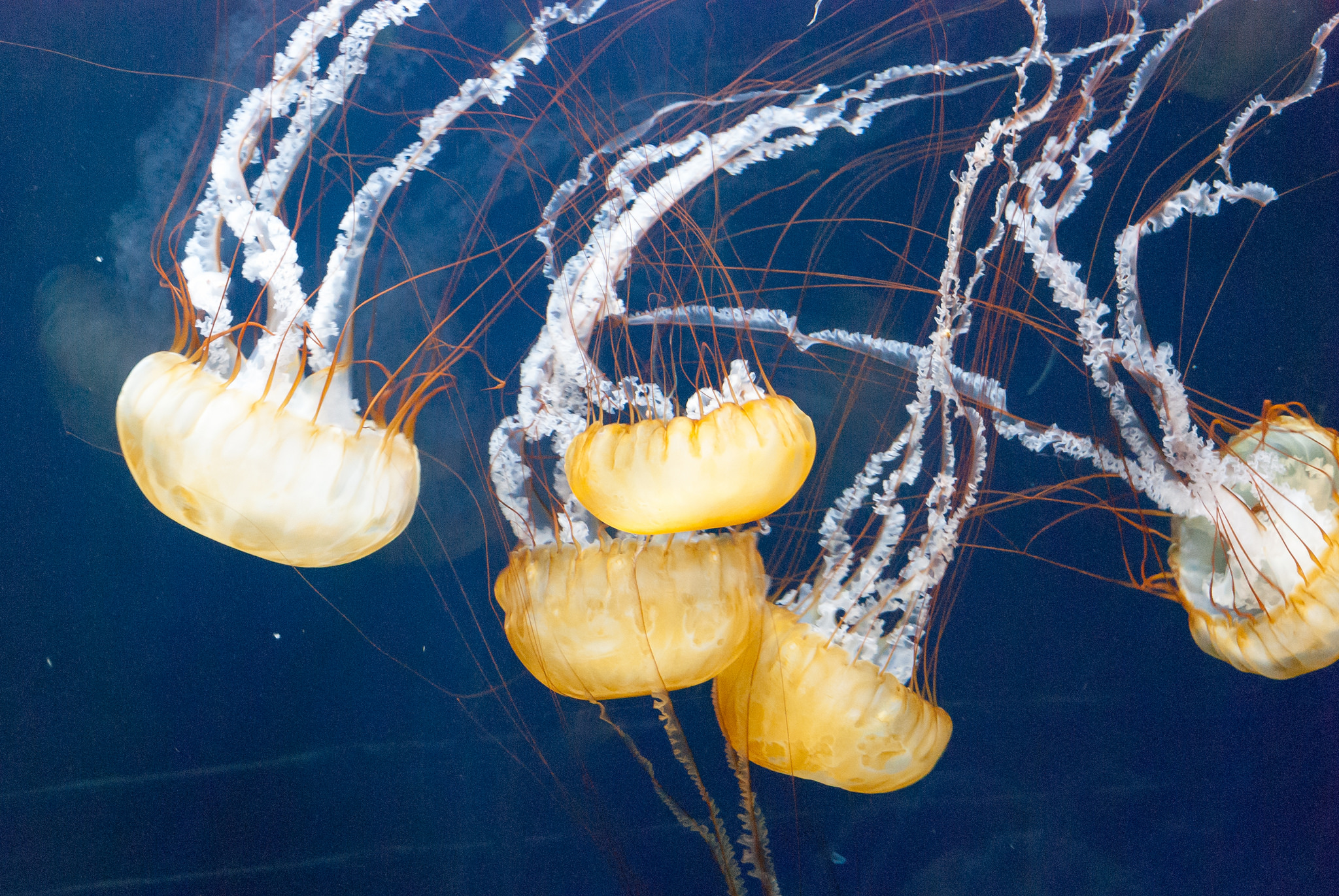ocean
Tipping Points
A tipping point is a point in time when a small thing can make a big change happen. The term was popularized in sociology in recent decades, but really comes from physics where is refers to adding a small amount of weight to a balanced object causing it to topple over.
A Trillion Ton Iceberg
Back in February, we did a story about a rapidly-growing crack in the fourth-largest ice shelf in Antarctica. At that time, the crack in the Larsen C ice shelf was more than 100 miles long and was growing at a pace of about 5 football fields a day.
Biodegradable Microbeads
Microbeads are little spheres of plastic less than half a millimeter in diameter that are added to a variety of personal care and cleaning products such as cosmetics, sunscreens and fillers. They give these products a desirable smooth texture. However, they are so small that sewage filtration systems can’t remove them and they end up in rivers and oceans where they are ingested by birds, fish and other marine life.
A Plastics Promise
It’s estimated that five to thirteen million tons of plastic enters our oceans annually, where much of it can linger for hundreds of years. According to a report by the World Economic Forum and the Ellen MacArthur Foundation, scientists estimate that there is 165 million tons of plastic swirling about in the oceans right now. And we are on pace to have more plastic than fish (by weight) in the world’s oceans by 2050. That’s some scary stuff.
Carbon Dioxide Marches On
The end of 2013 marked the first occasional observations of carbon dioxide levels in the atmosphere of 400 parts per million. There is nothing magical about that value, but we do tend to focus on round numbers.
Worms That Eat Plastic
Plastics clogging up our landfills and polluting our oceans are a scourge of modern life and we struggle with ways to combat this growing problem. The biggest issue is that most plastics are simply not biodegradable. Polyethylene, the common plastic found in shopping bags and numerous other products, takes between 100 and 400 years to degrade in a landfill.
Plastic In The Arctic
On several occasions, we have talked about the enormous amount of plastic that litters the world’s oceans. Bits of bottles, bags, toys, fishing nets and other objects collect in gyres, or so-called garbage patches, which have grown and grown over the decades.
Turning Seawater Into Drinking Water
Graphene is often called the wonder material. First isolated by scientists in 2004, it is a form of carbon that is just one atom thick, extremely light, two hundred times stronger than steel, highly flexible, and an excellent conductor of heat and electricity. Scientists are finding numerous applications for it.
Reviving Vaquitas
The world’s smallest porpoise is in real trouble. According to scientists, there could be as few as 30 vaquitas remaining on the planet. We highlighted the plight facing this species in detail last month.
The Great Barrier Reef
According to a new paper published in the journal Nature, global warming has damaged huge sections of Australia’s Great Barrier Reef. The authors of the paper warn that the resilience of the reef – which is the world’s largest living structure – is waning rapidly.
Greening Vacations
According to the United Nations World Tourism Organization, more than one billion international tourists travel the world each year. Tourism has become a powerful and transformative force for many millions of people. But all this travel is not as positive for the planet. To that end, the luxury travel network Virtuoso assembled a short, simple list everyone can follow to reduce the environmental impact of their travel.
Ocean Oxygen Levels
When we think of global climate change, what comes to mind? Rising seas? Melting glaciers? Shrinking sea ice? How about diminishing ocean oxygen levels?
Positive Environmental News
From melting Arctic ice to dying coral reefs to rising sea levels, there was no shortage of grim environmental news in 2016. But the news wasn’t all bad. There were several bright spots for the environment last year as well.
Cracking In The Antarctic
A rapidly-growing crack in the fourth-largest ice shelf in Antarctica has scientists watching for it to break off entirely. By early February, the crack in the Larsen C ice shelf was more than 100 miles long and some parts of it were 2 miles wide. In the two-month period between December and February, the crack grew by 17 miles, a pace of about five football fields a day.
Bleached And Dying
Climate change is posing a major threat to the future of coral reefs. According to a recent United Nations-backed study, if swift action is not taken to curb greenhouse gas emissions, annual coral bleaching events will affect nearly all of the world’s coral reefs. And coral bleaching can result in serious coral mortality – as Australia’s Great Barrier Reef has recently illustrated.
The Arctic Is Getting Crazy
Unprecedented things have been happening with the weather up in the Arctic in recent times. In fact, during the past year, the climate in the Arctic has at times bordered on the absurd.
Energy From Jellyfish
Jellyfish are fascinating in appearance but generally are nothing but trouble. Their stings can ruin a tropical vacation but they can cause far more damage than that.
Fish On The Move
As the oceans warm, many kinds of fish are on the move, seeking cooler and deeper water. Because of this, the fishing industry is struggling with antiquated regulations that are not moving as fast as the climate is changing.

